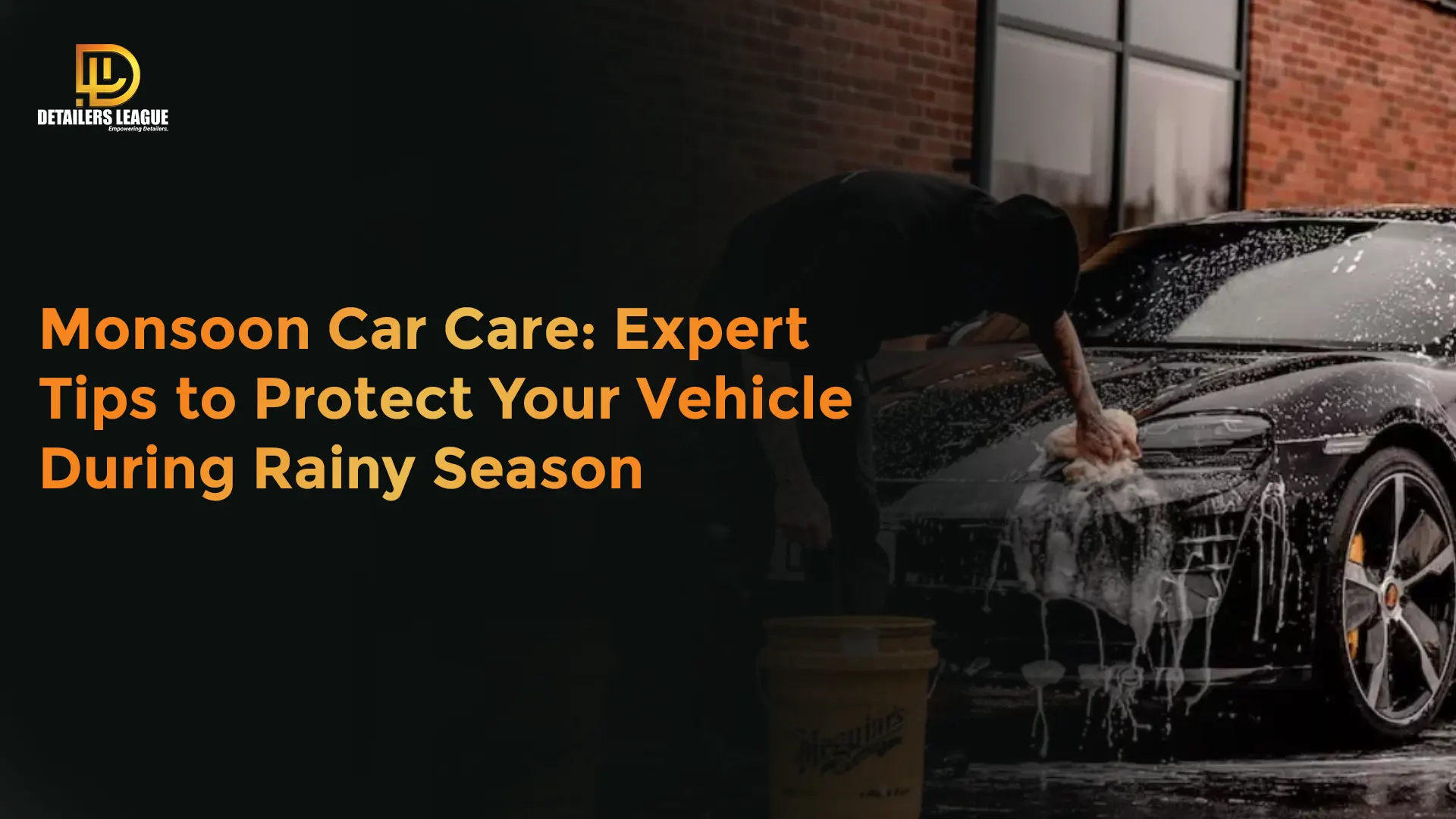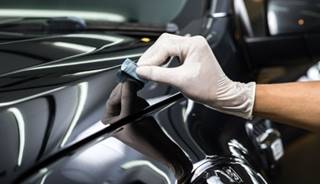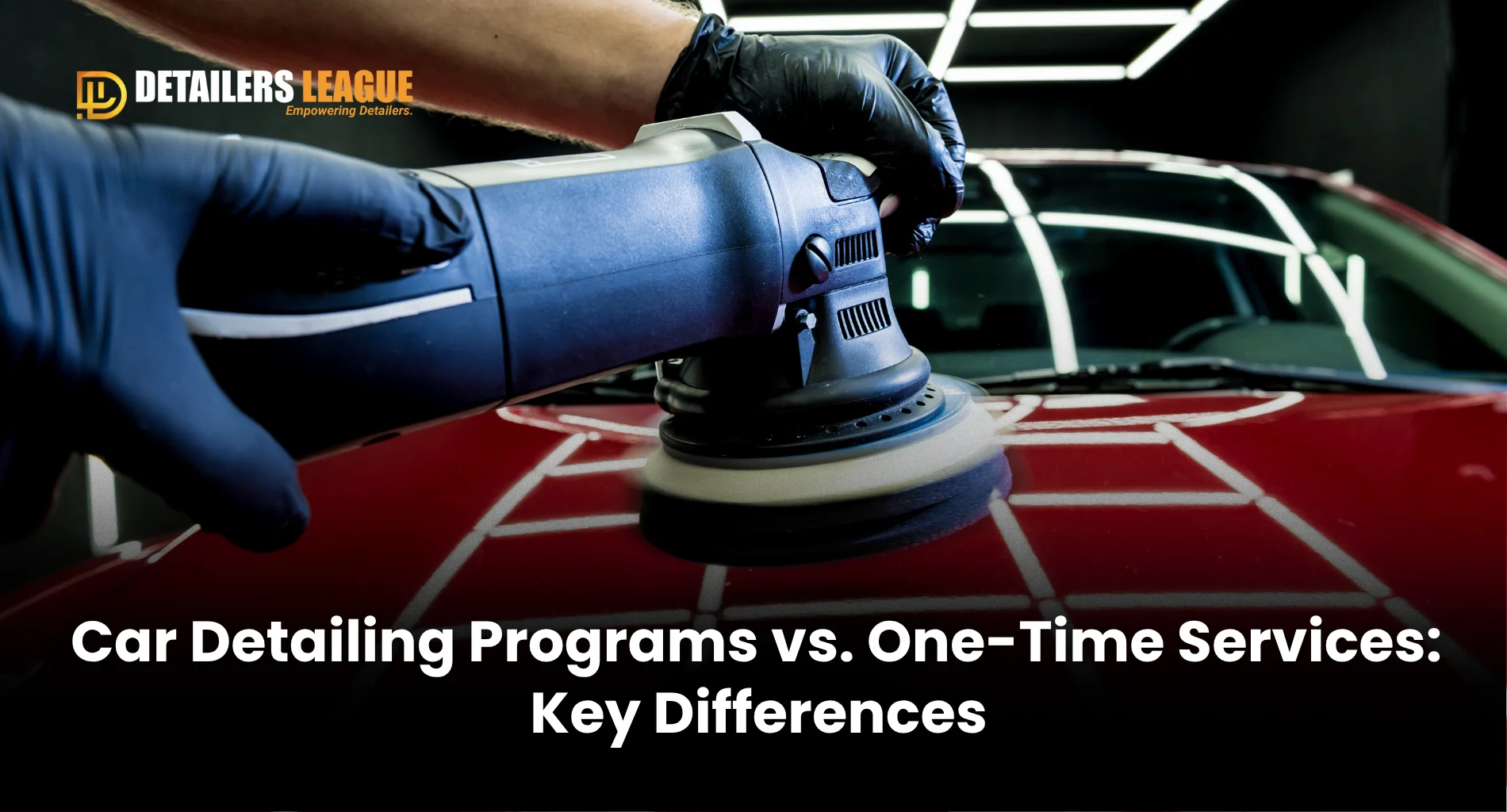
As the monsoon season approaches, it’s essential to prepare your vehicle to handle the wet and often challenging conditions. Here are some expert tips to help you protect your car and ensure a smooth, safe drive during the rainy months.
1. Inspect and Replace Wiper Blades
One of the most critical components for rainy weather driving is your windshield wipers. Over time, wiper blades can become brittle and less effective. Make sure to check them regularly and replace them if they show signs of wear. Effective wipers will ensure clear visibility, which is crucial during heavy rain.
2. Check Your Tires
Your tires are the only point of contact between your vehicle and the road. Inspect the tire treads to ensure they are not worn out, as good tread depth is vital for traction on wet surfaces. Also, maintain the correct tire pressure to avoid hydroplaning.
3. Ensure Proper Lighting
Visibility can be severely reduced during heavy rains. Check all your vehicle’s lights, including headlights, taillights, brake lights, and turn signals, to make sure they are functioning correctly. Consider replacing old bulbs and cleaning the light covers to maximize brightness.
4. Test Your Brakes
Wet conditions can affect your car’s braking efficiency. Have your brakes inspected by a professional to ensure they are in good working condition. This includes checking the brake pads, discs, and fluid levels. Prompt braking performance is essential for safe driving during the monsoon.
5. Protect the Exterior
Rainwater can cause damage to your car’s paint and exterior surfaces. Applying a good quality wax or sealant will create a protective barrier against water and dirt. Additionally, regularly washing and drying your car can prevent water spots and corrosion.
6. Check the Electrical System
Moisture can wreak havoc on your car’s electrical components. Inspect and secure all wiring, especially under the hood. Ensure that battery terminals are clean and free from corrosion, and check that the battery is holding a full charge.
7. Prepare an Emergency Kit
An emergency kit is always a good idea, but it’s particularly important during the monsoon season. Include items such as a flashlight, first aid kit, basic tools, a reflective triangle, and a rain poncho. These can be lifesavers if you find yourself stranded or need to make quick repairs in bad weather.
8. Avoid Flooded Areas
Driving through flooded roads can be extremely dangerous. Not only can it damage your vehicle’s engine and electrical systems, but you also risk being swept away by strong currents. If you encounter a flooded road, it’s best to turn around and find an alternate route.
9. Maintain Proper Ventilation
Humidity levels can soar during the monsoon, leading to foggy windows and a stuffy cabin. Use your car’s ventilation system to keep the interior dry and free from mold. Running the air conditioning can help dehumidify the air inside your vehicle.
10. Stay Informed
Keep an eye on the weather forecast and traffic updates. Planning your journey in advance can help you avoid areas that are particularly prone to flooding or heavy congestion during rains.
















